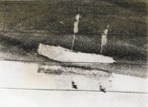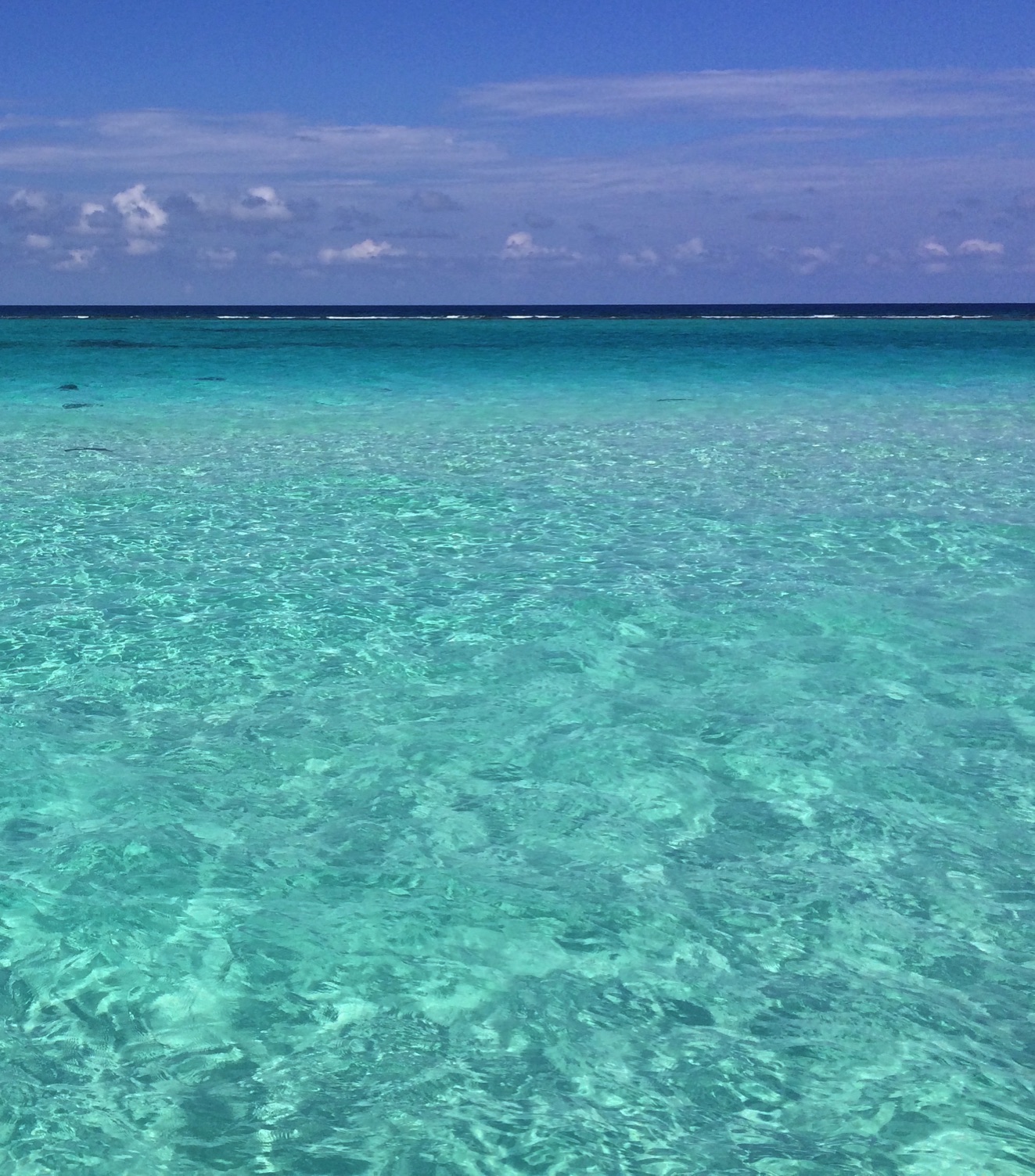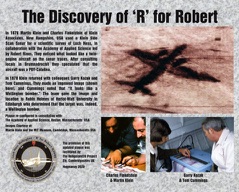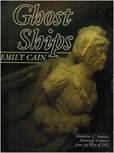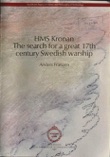MILESTONE CHRONOLOGY 1971 - 1980
1972- Hudson Laboratory of Columbia University, producer of many side scan sonar developments, is closed.
1973 - Martin Klein and John Broadwater search for the USS Monitor off Cape Hatteras, NC, using a Klein MK-300 Side Scan Sonar. In this area, adventurer Robert Marx claimed that he “stood on the deck of the Monitor”. Nothing was found, and later in the year a team from Duke University Marine Lab discovered Monitor lying many miles from the Marx location.
-Dr. Harold Edgerton uses the E.G.&G., Inc. Side Scan Sonar to assist a team of scientists aboard Duke University Research Vessel Eastward locate the shipwreck remains of what they believed to be the USS Monitor lying upside down in 230 feet of water, approximately 16 miles off Cape Hatteras, North Carolina. A 1974 expedition confirmed that the shipwreck was in fact the Monitor.
-Klein side scan sonar, s/n 1, used in a survey by Dr. George Bass' newly formed Institute of Nautical Archaeology (INA). The survey located 18 ancient shipwrecks along the southern Turkish coast. John Broadwater, trained by Klein Associates earlier in the year, operated the sonar for INA.
1974 - Martin Klein visits one of his side scan sonar customers, Decca Survey in Great Yarmouth. Klein notices on a company workbench a towfish printed circuit board in “Klein Blue”. Except instead of the designation “Klein Associates, Inc.” the board says “Waverley Electronics.” To save money Decca had hired an electronic job shop to copy the board. Soon a number of British side scan sonar systems such as the Waverley Sonar 3000 were being manufactured. After a very long dormancy since the Kelvin-Hughes sonar had been introduced in 1960, commercial side scan sonar was back in the United Kingdom. Waverley Electronics, Ltd. became part of Dowty and in 1982 and later part of Ultra Electronics.
-Martin Klein is one of the first proponents of installing side scan sonar on autonomous underwater vehicles (AUVs). In 1974 he gave a side scan sonar to Dr. A. Douglas Carmichael who worked with a team of students in the summer laboratory of the MIT Sea Grant Program to develop the first AUV. Klein gave a similar system to D.Richard Blidberg of the University of New Hampshire for their EAVE AUV. Eventually side scan sonar became ubiquitous on AUVs.
-Robert D. Hitchcock of the Naval Civil Engineering Lab, Port Hueneme, CA tows two 100kHz Klein Side Scan Sonars to make a stereo contour map of the ocean floor.
-A Klein Side Scan Sonar was used by the U.S. Navy EOD Forces to help clear the Suez Canal after the recent war.
-On a research cruise by the Institue of the Institue of Oceanographic Sciences, two Kelvin-Hughes MS47 Side Scan Transducers were fitted to the port side of a ship enabling the system to be used in the telesounding mode. By disconnecting one transducer the system could be used for conventional side scanning.
1975 - During a cryptozoology search operation sponsored by the Academy of Applied Science at Loch Ness, Scotland, Martin Klein and Charles Finkelstein used a Klein side scan sonar to discover a nearly intact sunken aircraft. The sunken plane was in over 200 ft. of water. The side scan sonar-generated target was later identified as a rare Wellington airplane, a British World War II twin-engine bomber that was lost on December 31, 1940 during a training mission. In September 1985, a coalition of several groups—the Loch Ness Wellington Association, British Aerospace, Oceaneering, Heriot-Watt University, Brooklands Museum, and J.W. Automarine with assistance from several other organizations, raised the sunken aircraft. The plane was one of only two Wellington bombers to have survived from over 11,000 manufactured. The vintage bomber was restored and is now exhibited at Brooklands Museum in England.
-Two War of 1812 shipwrecks Hamilton and Scourge were found in Lake Ontario using a Klein side scan sonar. The project was led by Ken McMillan and Dan Nelson of the Canada Centre for Inland Waters.
- Novelist and shipwreck hunter Clive Cussler, with assistance from Sydney Wignall, conducted a search in the North Sea off northeastern England for the 1779 Bonhomme Richard shipwreck. The vessel, commanded by John Paul Jones, “Father of the American Navy,” is considered to be one of the most historic naval vessels in American history. Cussler and his survey team employed a Klein side scan sonar operated by Klein Associates' Garry Kozak and Martin Klein. The shipwreck was not found and numerous expeditions by several groups since then, including the US Navy, have likewise not met with success. Cussler later wrote in his best-selling 1996 non-fiction book, The Sea Hunters, about the 1978 project. He noted that the Klein side scan sonar nonetheless “performed flawlessly.”
-The USS Monitor wrecksite is named the first U.S. National Marine Santuary on January 30, 1975.
-The Revell, Inc. Model Company make a 1/125 scale model of Jacques-Yves Cousteau's CALYPSO Ocean Exploration Vessel. The model comes complete with a miniature E.G.&G. Side Scan Sonar towfish and a Harvey-Lynch winch.
1976 - For many years most graphic recorder for side scan sonar could only display a single channel. To display two or more recorders had to be used for multiple channels. In 1976, Thomas H. Giffts, maker of the Gifft Precision Depth Recorder invented a way to store the incoming data so it could be printed out in two or more channels.
1978 - Garry Kozak and John Broadwater, used a Klein sonar to locate sunken British ships from the Battle of Yorktown, 1781.
1979 - A Klein Side Scan Sonar was used to help map bottom conditions during the massive Ixtoc oil spill in the Bay of Campeche in the Gulf of Mexico, June 1979.
1980 - Klein Associates employees attended the world premiere in Boston of “Raise the Titanic,” a fictional film thriller centered around the 1912 Titanic ocean liner disaster. The movie screenplay was based on Clive Cussler's 1976 hit novel—Raise the Titanic. Klein Associates provided technical assistance and remote sensing equipment during the filming of the motion picture. A credit line for Klein Associates was listed in the movie credits at the end of the Hollywood production.
-The Swedish warship Kronan which sank in 1676 in the Battle of Õland was located using a Klein Side Scan Sonar in a search led by Anders Franzén.
- Dr. Joe MacInnis of Undersea Research Ltd., supported by National Geographic Society, found the HMS Breadalbane shipwreck. The historic shipwreck was discovered using a Klein side scan sonar operated by Klein Associates engineer Garry Kozak. On August 21, 1853, the vessel was lost in the waters of the Arctic Ocean while searching for Sir John Franklin's vessels of exploration while Franklin was looking for the Northwest Passage in northern Canada. The shipwreck lies in 340 ft. of water.
-A Klein side scan sonar successful located parts of a downed Navy A-4M (Skyhawk) jet sunk in the Pacific Ocean near San Clemente Island, California. On August 29, 1980, the aircraft broke up while in flight and pieces of the plane plummeted into the sea. Following the sonar search, over 20 manmade targets were identified. A CURV III, an early type of remotely-operated-vehicle (ROV), was employed to inspect the sunken plane wreckage. Key parts of the jet were later salvaged to help in determining the cause of the aviation mishap.
